Religion in India
India is a land of diversity, and nowhere more so than in its spiritual life. The sacred is so constantly present in India that it’s a surprise to learn that according to its constitution it is a secular democratic republic.
When the Indian constitution was drawn up after independence (1947) and the ensuing deadly conflicts between Hindus and Muslims, several clauses were included that established India as a secular state. Article 15 forbids discrimination on the basis of race, religion, caste, gender or place of birth. Article 25 officialises freedom of conscience and the free practice and propagation of religion.
However, although India is officially secular, it recognises religious law: Hindus, Muslims and Christians are subject to the civil law of their religion.
Secularism in India means equal treatment of all religions by the state; it leaves everyone free to display their religious beliefs in public and to wear whatever their beliefs dictate.
Religion plays an important part in the lives of most Indians. Worship and ritual are very present in people’s daily lives and the vast majority of the population regard themselves as belonging to a religion. Recent decades have seen some decline in religious observance, especially among young urbanites.
This religious fervour is surely connected with the fact that India is the birthplace of four religions; Hinduism, Buddhism, Jainism and Sikhism. It has also been home to followers of Islam, Christianity, Judaism and Zoroastrianism for many centuries, and boasts the world’s largest Bahai community.
Hinduism is by far the most widely practiced religion in India, with about 80% of the population. Islam comes next (about 14%) and Christianity third (about 3%). Sikhs (mainly concentrated in the Punjab) represent about 2% of the population, Buddhists 1% and Jains 0.4%. Some six million Indians, especially in the tribal areas, follow other religions.
Hinduism
Hinduism is often considered one of the world’s oldest religions. Worldwide, it ranks third in terms of membership, after Christianity and Islam. It originated in India and the subcontinent is still home to the majority of its followers.
Hinduism’s origins lie in the Sanatana Dharma or ‘eternal law’. The term ‘Hinduism’ comes from the Persian word hindu, the term used by invading Muslims to refer to the population of the Indus Valley.
Hinduism has no prophets and no central dogma. It is based on the Vedas, scriptures which, according to tradition, were revealed to mankind through the visions of the rishis (saints) during deep meditation. This sruti or revealed knowledge is thought to have been set down in writing between 1700 and 1100 BCE.
There are four Vedas: the Rigveda or ‘Veda of verses’, the Yajurveda or ‘Veda of formulas’, the Samaveda or ‘Veda of melodies’ and the Atharvaveda, containing magic spells.
The Vedas recognise the existence of a transcendental consciousness called Brahman (not to be confused with the god Brahma), the Universal Soul (Paramatman) or the One. Brahman appears in the form of personified gods, the main ones being the gods of the Trimurti (‘three forms’): Brahma, Vishnu and Shiva, who correspond respectively to the creative activity, preserving activity and destructive activity of Brahman. Each is partnered by a goddess-consort symbolising shakti, creative energy. The goddess Lakshmi is the complement of Vishnu, Parvati of Shiva and Saraswati of Brahma.
Buddhism
Buddhism arose in India in the 5th century BCE after the enlightenment and teaching of Siddhartha Gautama, the Buddha. It is the world’s fourth religion in terms of numbers, but now accounts for less than 1% of the population of India.
According to some traditions, Siddhartha Gautama lived in the 6th century BCE but specialists of Indian history generally agree that he lived roughly from 420 to 380 BCE. In Hinduism, the Buddha is regarded as an avatar of Vishnu.
Buddhism is an individual path whose aim is enlightenment, achieved by extinguishing the egoic desire and illusion that are the cause of human suffering. Enlightenment is based on altruistic activity.
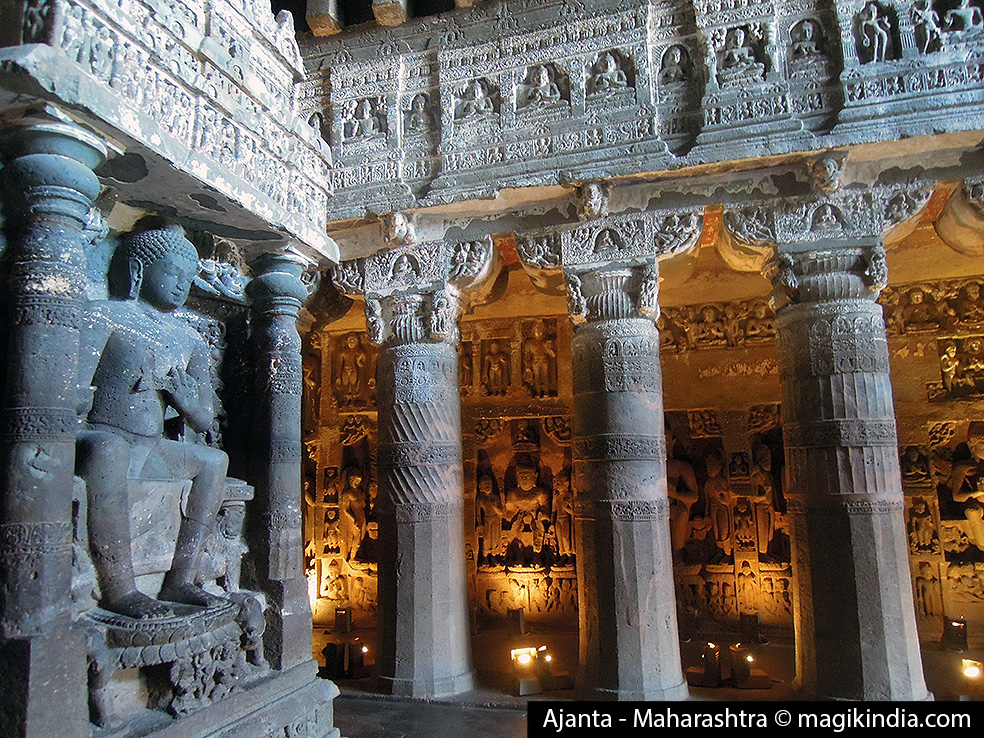 In Buddhism, ethics is based on the fact that the actions of our body, speech and mind have consequences for ourselves and those around us (karma). Actions can be favourable and positive (kusala) or unwholesome and negative (akusala).
In Buddhism, ethics is based on the fact that the actions of our body, speech and mind have consequences for ourselves and those around us (karma). Actions can be favourable and positive (kusala) or unwholesome and negative (akusala).
The expansion of Buddhism in India owed much to the Maurya emperor Ashoka (268-239 BCE), who ruled over North India and converted to Buddhism. Later, the Gupta dynasty (320-450 CE) favoured the further spread of Buddhism.
In the 13th century Buddhism declined as Hinduism revived with the support of a number of rulers.
Today Buddhism is mainly followed in the Himalayan parts of India such as Ladakh and Sikkim.
Jainism
Jainism (from the Sanskrit jina, ‘victor’), is a religion that probably began to emerge very early, around the 10th century BCE. Little is known about its origins, but it probably has its roots in animism and shamanism.
The purpose of life in Jainism is the same as in Hinduism, Buddhism and Sikhism: to attain enlightenment, called moksha or nirvana. The aim is to end the perpetual round of reincarnations by making certain lifestyle choices, called ‘vows’. The foremost vow is nonviolence, ahimsa.
The Tirthankaras (Sanskrit for ‘bridge-builders’) are enlightened masters of the past who taught the principles of Jainism. There are said to be 720 in all but only the 24 most recent are venerated. The Tirthankaras are represented by naked statues, either standing or sitting in the lotus posture.
Sikhism
Sikhism is a monotheistic religion founded by Guru Nanak in the Punjab, North India, in the 16th century. Born near Lahore, in modern-day Pakistan, Guru Nanak was keenly interested in spiritual matters from childhood. He discovered the teaching of the poet saint Kabir, a man revered by both Hindus and Muslims. After a spiritual experience of ‘fusion’ with the essence of all things, Guru Nanak composed the Jap Ji Sahib, a mystical poem that sums up the teaching he decided to share.
The word Sikh comes from the Sanskrit sisya, which means ‘student’ or ‘disciple’. Sikh monotheism is expressed in the symbol ੴ (Ek Ong Kar), which can be translated as “one manifested creative consciousness”. Sikhs believe in a single supreme god, immanent and transcendent. He is called the Supreme Guru.
Sikhism is based on the concept of equal rights for all. It considers that all religions can lead to God. None is superior to any other.
Sikhs therefore do not acknowledge India’s caste system and do not believe in worshipping idols or performing rituals. Their religion is a way of being, with the idea of serving humanity and generating tolerance and brotherhood towards all. Sikhism requires a combat against the ego because it prevents communion with God, the One.
Islam in India
Islam is the second most widely followed religion in India after Hinduism; 14% of the country’s population are Muslim. India has the world’s third largest Muslim community, after Indonesia and Pakistan.
Muslim invaders reached the Indus river, which in those days marked India’s boundary, in 712 AD. Trade developed early between Arabs and Indians, with the ports on India’s West coast playing a leading role. In this way the State of Kerala was the first to admit the Muslim religion; the first mosque was built in 642 CE, in Kasagorod.
Christianity in India
Statistically, Christianity is India’s third religion, with 2.3% of the country’s total population. The earliest Christian communities are thought to have been founded in the early years of Christianity, nearly 2000 years ago, giving rise to the Malabar Church in modern-day Kerala.
It is believed that St Thomas the Apostle was the first to bring Christianity to India. His tomb (though not formally identified as such) is in Cathedral of St. Thomas in Mylapore, Chennai.
The Roman Catholic Church reached India with the Portuguese explorer Vasco da Gama. One of the oldest churches still standing, built in the Portuguese style, is in Cochin (Kochi), Kerala State. About 70% of Christians in India belong to the Roman Catholic Church.
Protestant missionaries were at work in India from the end of the 18th century. The largest Protestant denomination in the country is the Church of South India with approximately 4 million members.

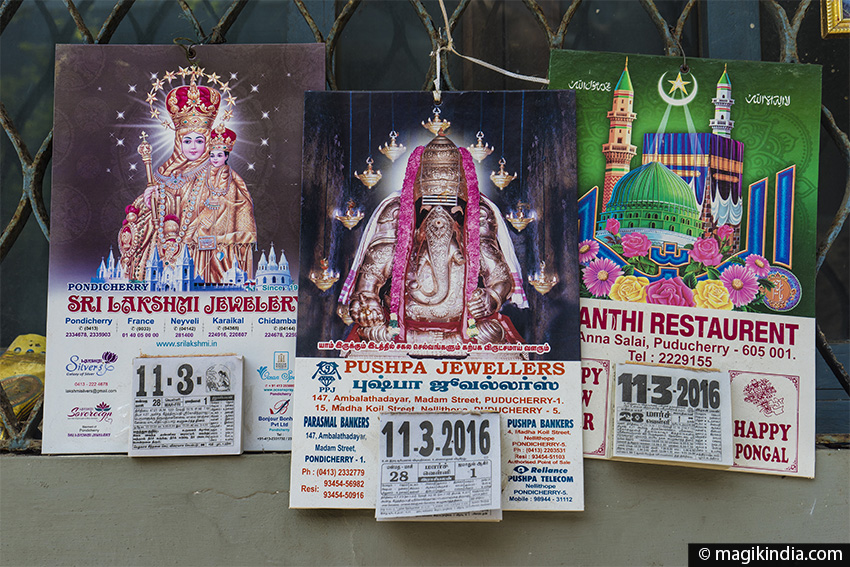

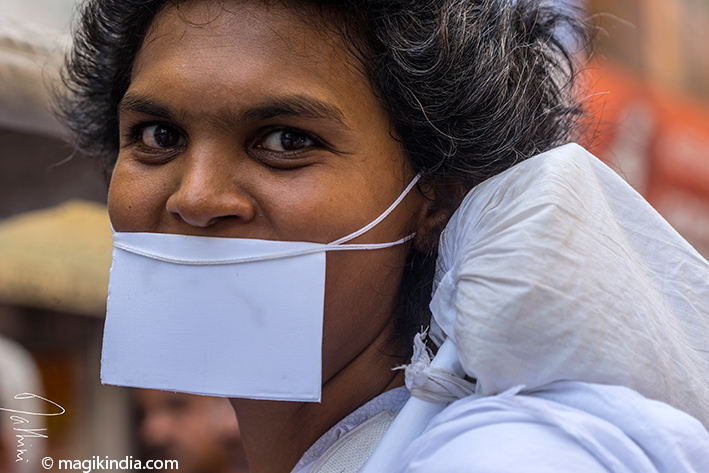
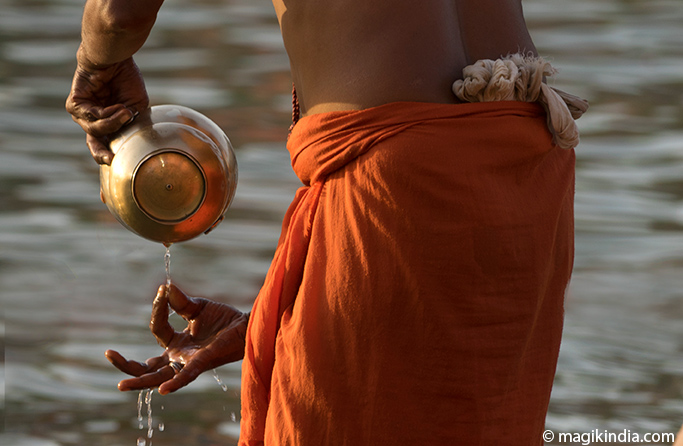


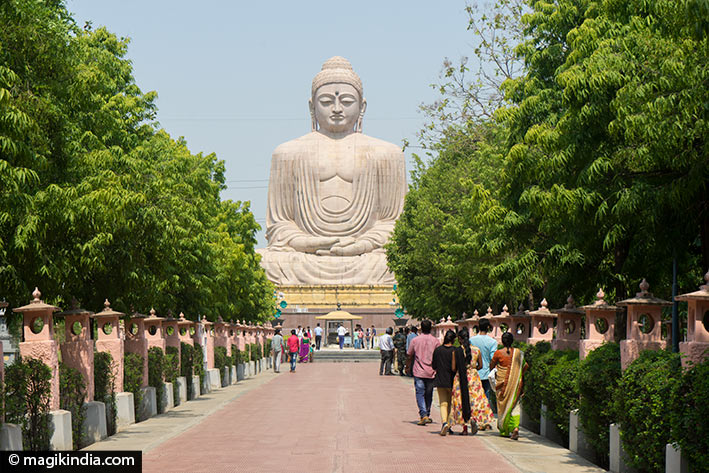

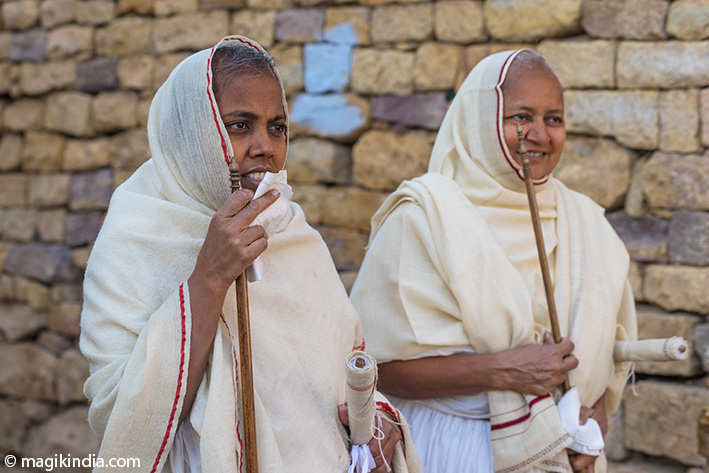
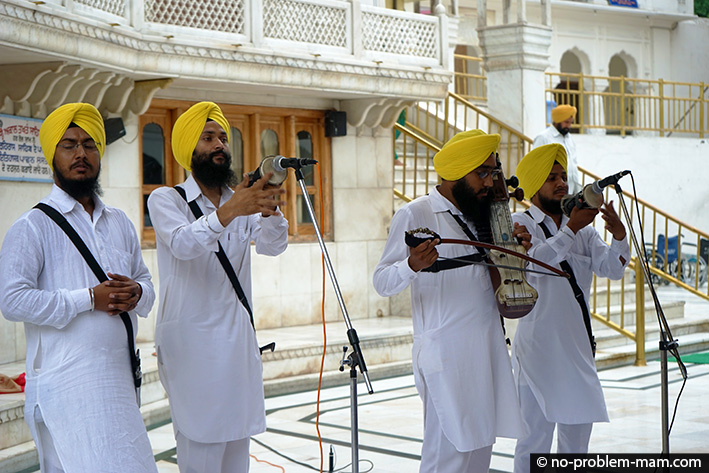


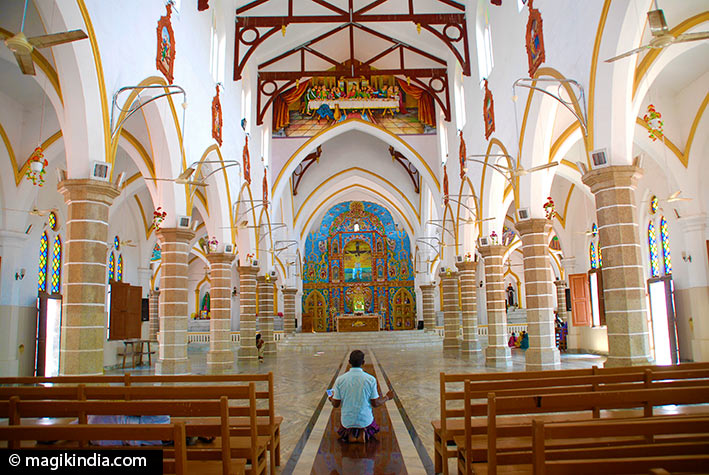
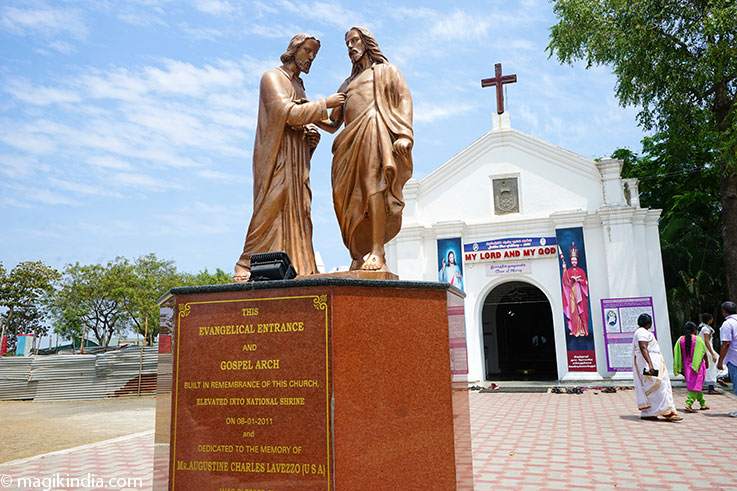
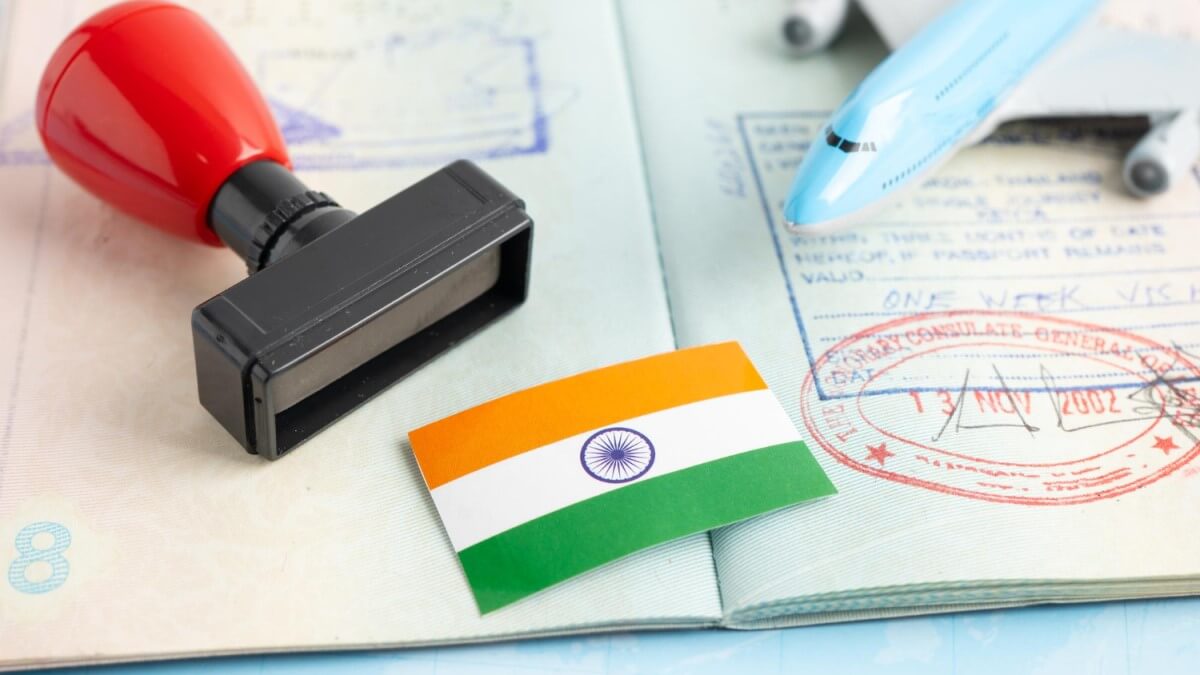
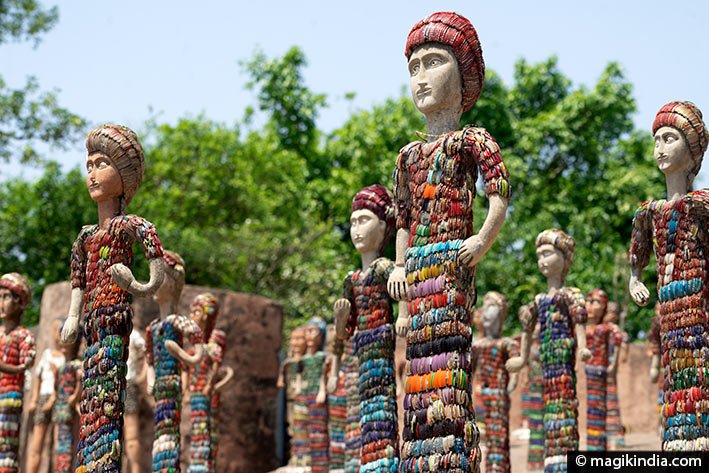
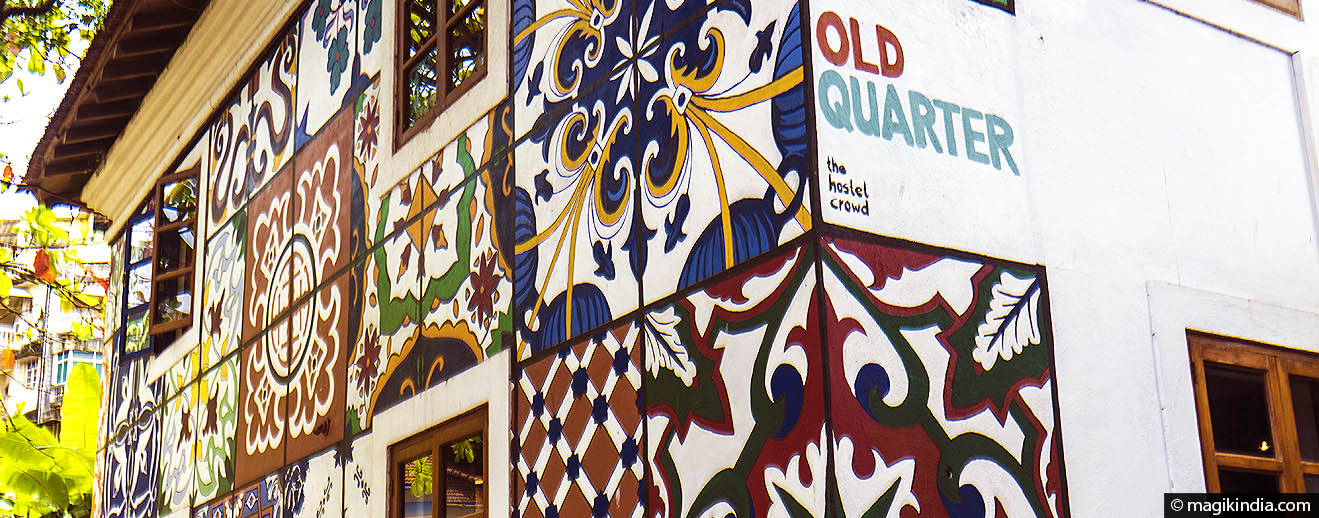
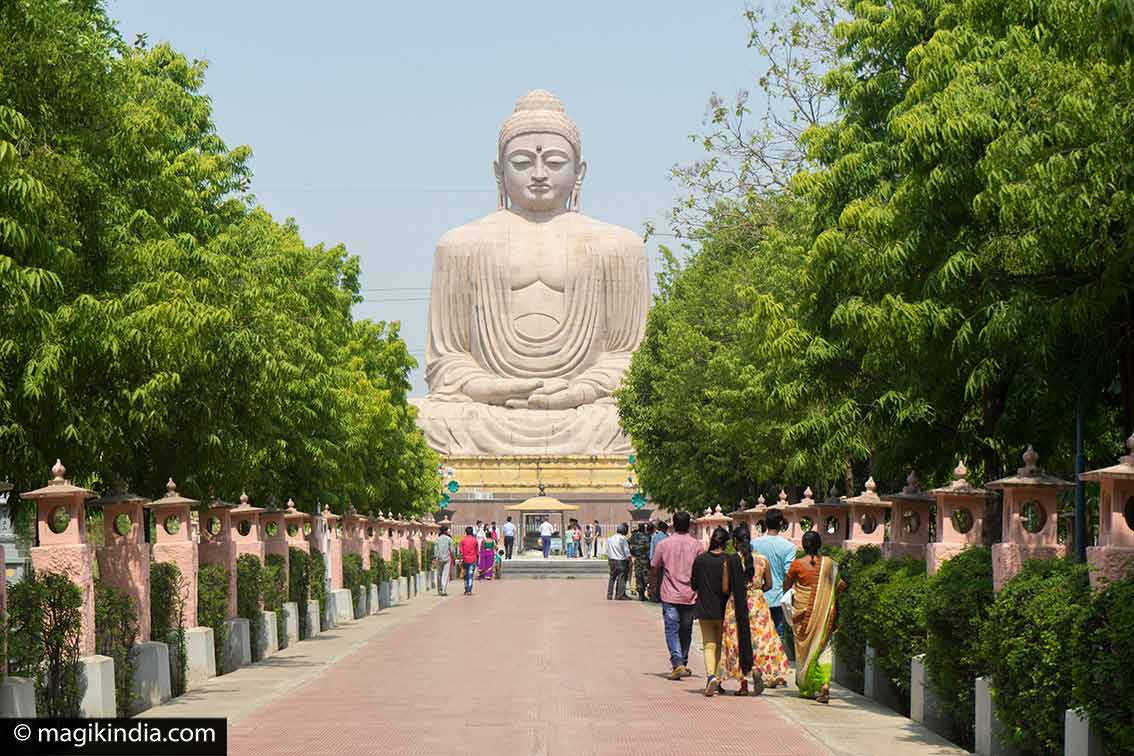

Hey Radhe jo Hey Shyama jo
https://www.youtube.com/watch?v=u0gelOGZooA
Many people are hunting around for these info, you help them greatly !
Thanks Ginette ! 🙂